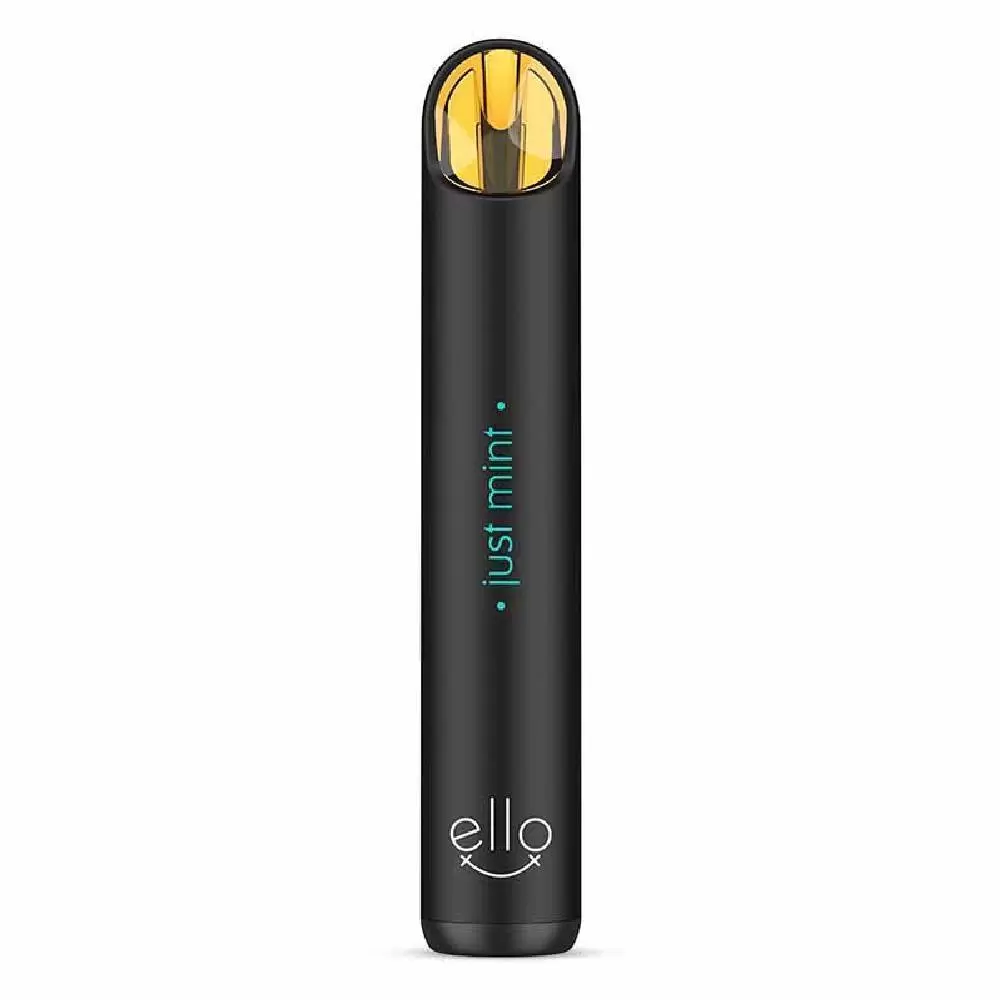
Introduction
E-liquids, also known as vape juice or e-juice, are the essential components of vaping devices. When heated, they produce the vapor that users inhale. While vaping is often considered a less harmful alternative to smoking, the ingredients in e-liquids play a major role in determining their safety and health impact. This article explores the primary ingredients found in e-liquids and how they affect the body.
Main Ingredients in E-Liquids
Most e-liquids contain four basic components:
-
Propylene Glycol (PG)
-
Vegetable Glycerin (VG)
-
Nicotine (optional)
-
Flavorings
Each of these ingredients serves a specific purpose in the vaping experience.
Propylene Glycol (PG)
Propylene glycol is a colorless, odorless liquid used in various food and pharmaceutical products. In vaping, PG acts as a carrier for flavor and nicotine. It has a thinner consistency, which allows it to flow easily through vape device components.
Effects of PG:
-
Creates a stronger throat hit, similar to traditional cigarettes.
-
Can cause allergic reactions or throat irritation in sensitive individuals.
-
Considered generally safe for ingestion by health authorities, but its long-term inhalation effects are still under study.
Vegetable Glycerin (VG)
Vegetable glycerin is a thicker, sweeter liquid derived from vegetable oils. In e-liquids, VG is responsible for producing large vapor clouds, which is why it’s popular with users who enjoy cloud chasing.
Effects of VG:
-
Provides a smoother inhale with less throat hit.
-
Has moisturizing properties, which can reduce dryness in the mouth and throat.
-
Like PG, it’s widely used in food and medicine, and is considered safe for ingestion, though inhalation studies are ongoing.
Most e-liquids come in different PG/VG ratios, such as 50/50 or 70/30 VG/PG, to cater to user preferences.
Nicotine
Nicotine is a highly addictive stimulant found naturally in Hayati Pro Ultra Plus plants. It is the primary reason many smokers become dependent on cigarettes. In e-liquids, nicotine is optional and comes in varying strengths — from 0 mg to 50 mg/mL or more.
There are two main types of nicotine used in e-liquids:
-
Freebase Nicotine – Offers a stronger throat hit and is usually found in lower concentrations.
-
Nicotine Salts – Smoother and faster-absorbing, typically used in higher concentrations and popular in pod systems.
Effects of Nicotine:
-
Increases heart rate and blood pressure.
-
Can cause dizziness, nausea, and headaches in high doses.
-
Contributes to addiction and dependence.
-
May have adverse effects on adolescent brain development.
Though nicotine is not a carcinogen, its addictive nature makes it a critical concern in public health discussions.
Flavorings
Flavorings are what make vaping appealing to a wide audience. E-liquids come in thousands of flavors — from fruity and minty to dessert and tobacco.
Effects of Flavorings:
-
Most are food-grade and approved for ingestion, but not necessarily for inhalation.
-
Some flavoring chemicals, such as diacetyl, have been linked to respiratory issues like bronchiolitis obliterans (“popcorn lung”) when inhaled in large amounts.
-
Certain flavorings may produce toxic byproducts when heated.
Manufacturers are increasingly reformulating products to eliminate harmful flavoring agents, but regulation still varies widely across countries.
Other Additives
Some e-liquids may contain other substances, such as:
-
Caffeine or vitamins, marketed as “energy” or “health” vapes (these are often viewed skeptically by health authorities).
-
THC or CBD, found in cannabis-based vape products — these have their own health considerations and legal restrictions.
Conclusion
Understanding what’s inside your vape juice is crucial to making informed decisions about your health. While the basic ingredients in e-liquids — PG, VG, nicotine, and flavorings — are generally safe for consumption, their inhalation effects are not fully understood, particularly over the long term.
Consumers should choose reputable brands, check ingredient labels, and avoid products with unknown or harmful additives. Ultimately, the best choice for health is to avoid both vaping and smoking — but for those who choose to vape, awareness is the first step toward safer use.